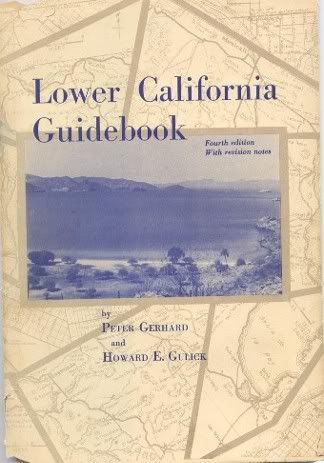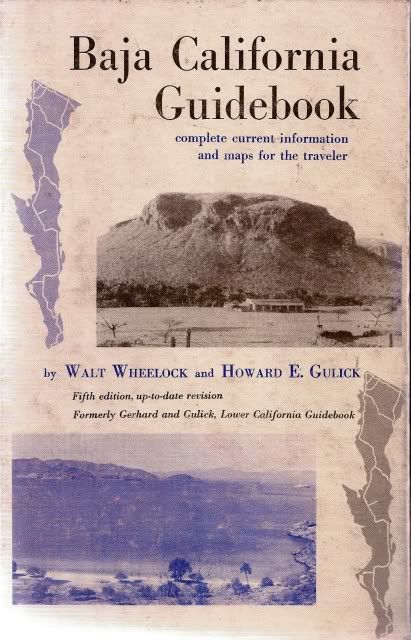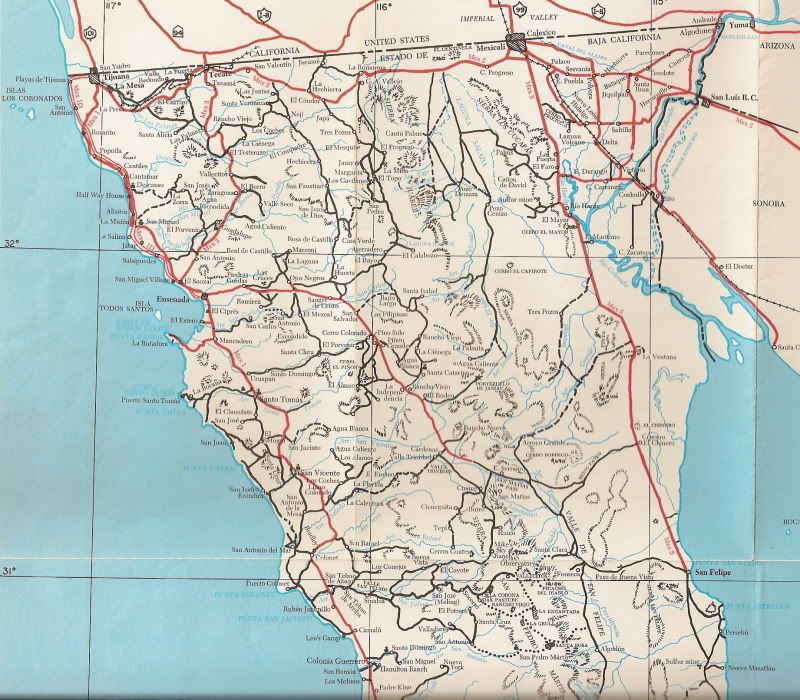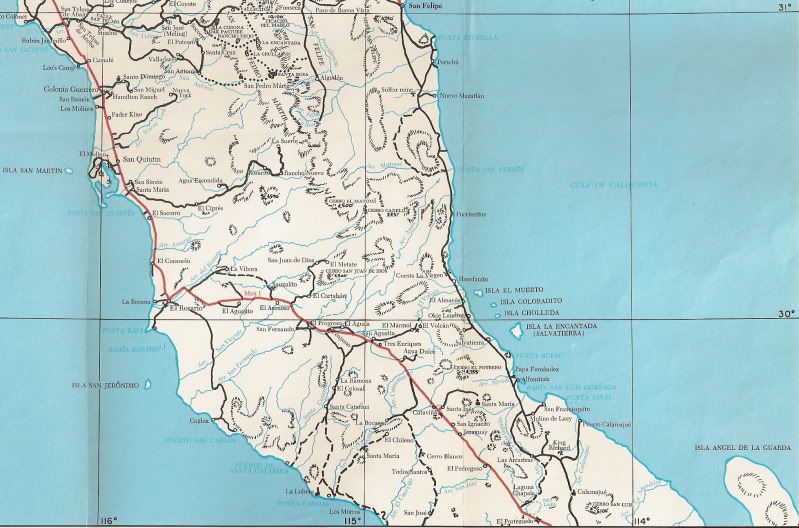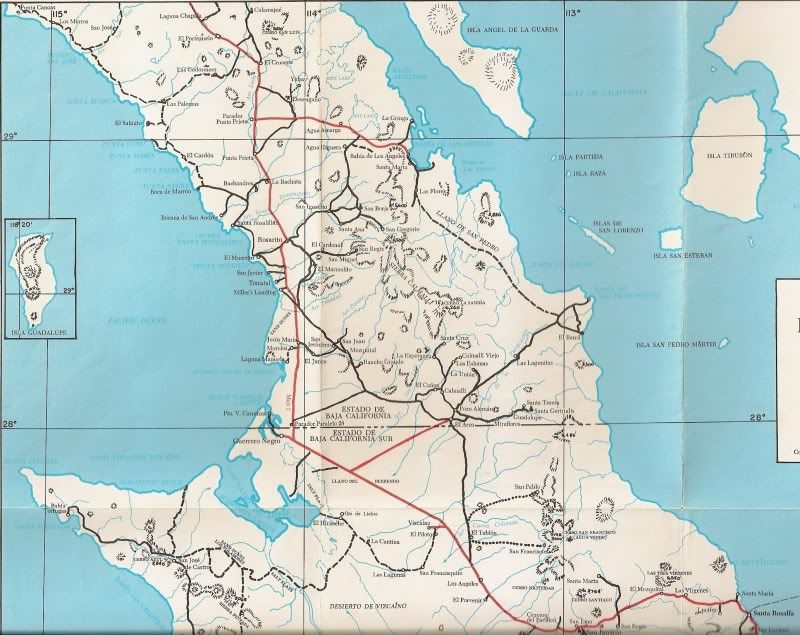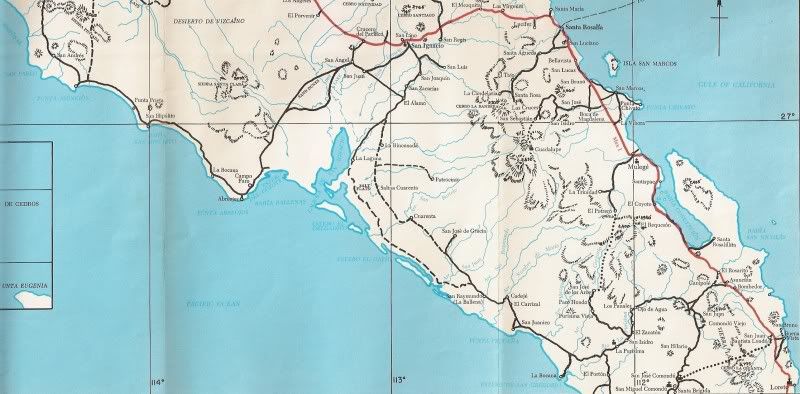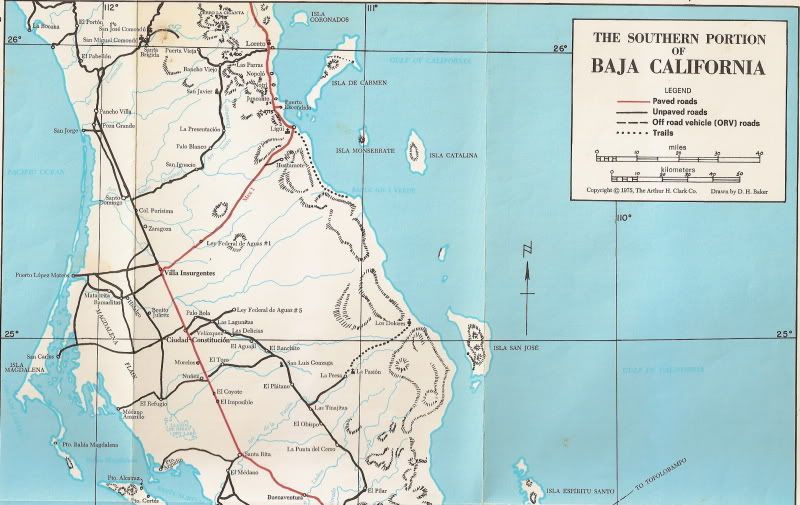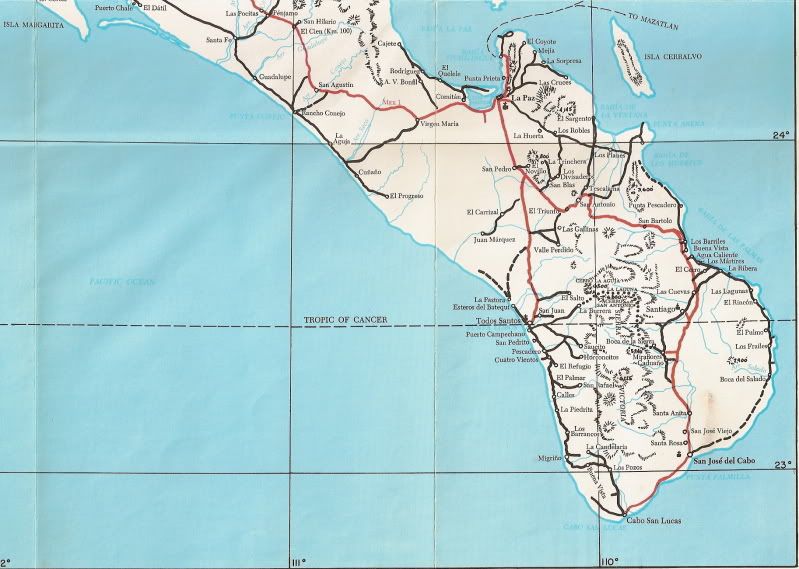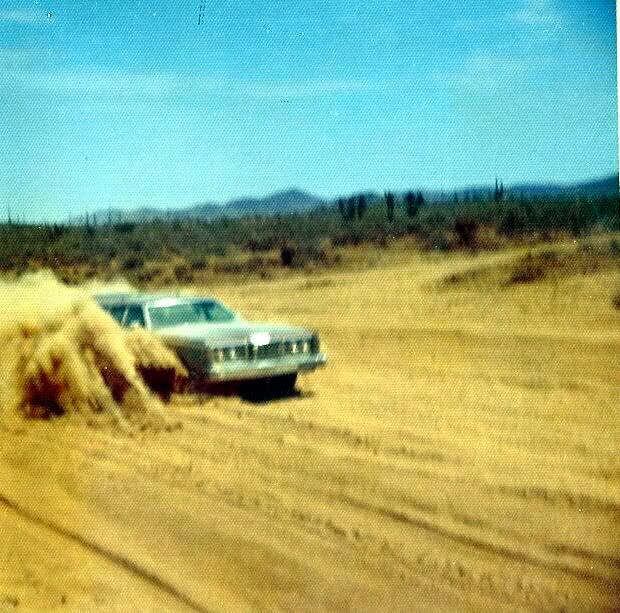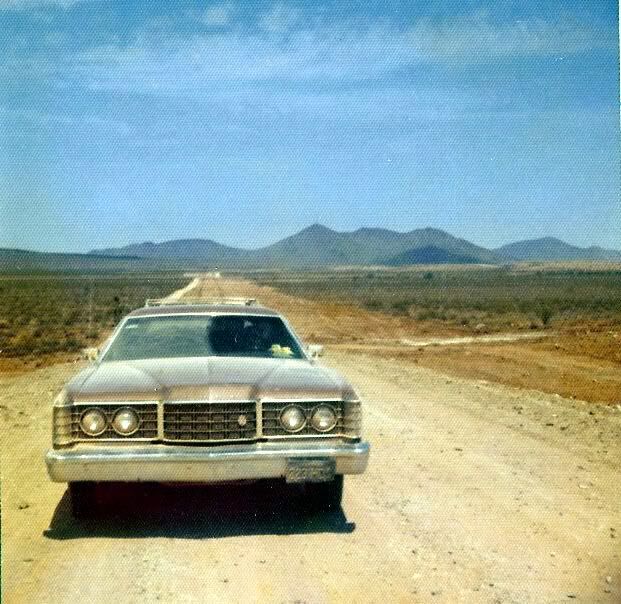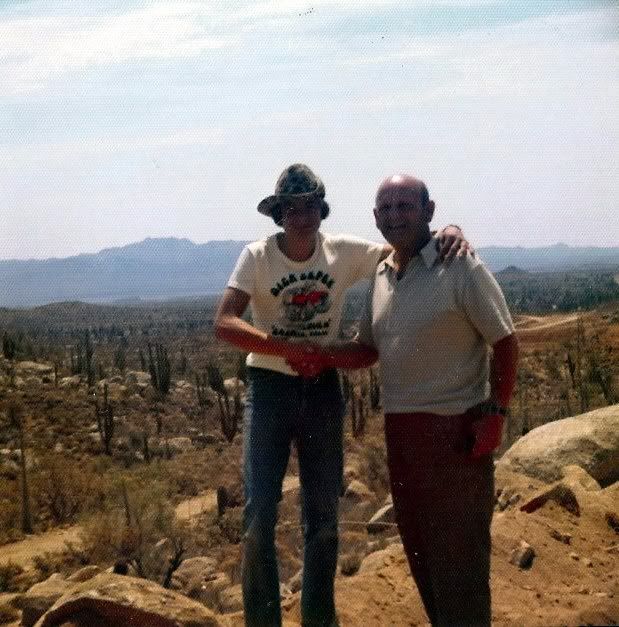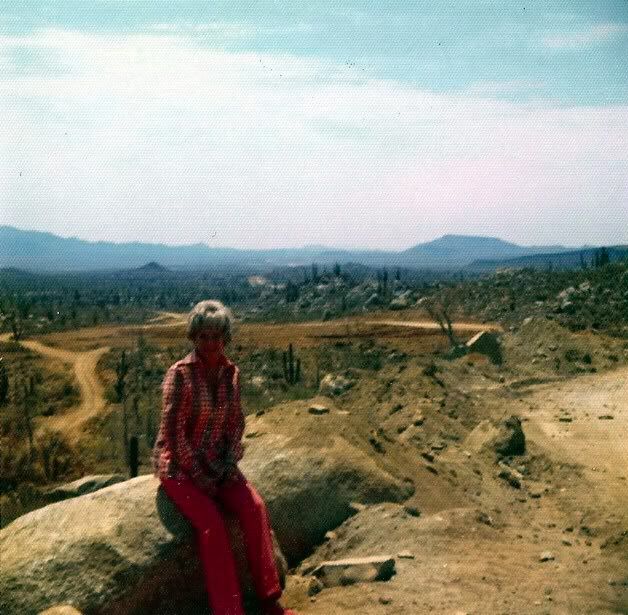Originally posted by Bajatripper
Having read the comments, and actually "thinking" about it, one thing's for sure, I'm no Texan. You are are absolutely right, there's no way that
could be an exploratory oil well. Even non-Texans have seen those in movies many times over.
Thinking about it further, mining wouldn't make much sense, in the sense that you'd have to deal with who knows how many feet of unstable silt that
has piled up in that basin since erosion started it's magical work before reaching any mineral deposits. It seems likely that if mining the silt were
the objective, they'd do "open pit" mining, not deep perforation.
Archaeology is also definitely out. I've seen them at work, and this isn't how they do things.
So I'm in agreement with those who say it was likely a local effort to find water. It is located in the area of the basin where fluids tend to
collect, but still has a little protection from some nearby dunes, a better ranch site than the old Rancho Chapala site.
Thanks for your contributions, all of you. I learned. |




